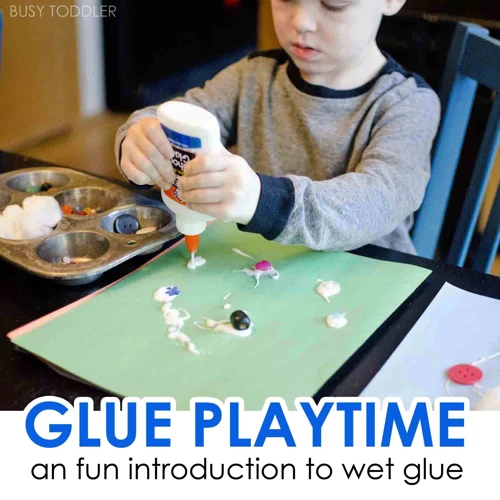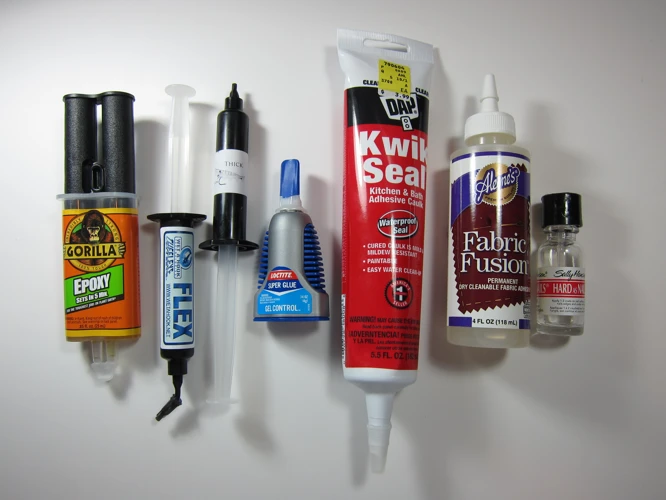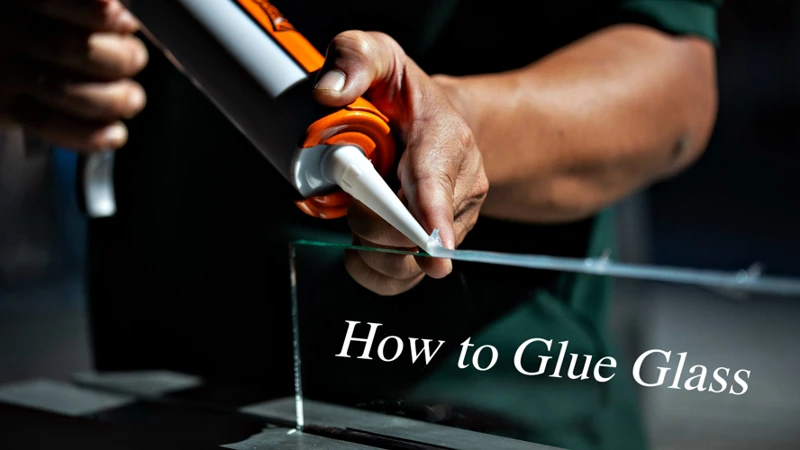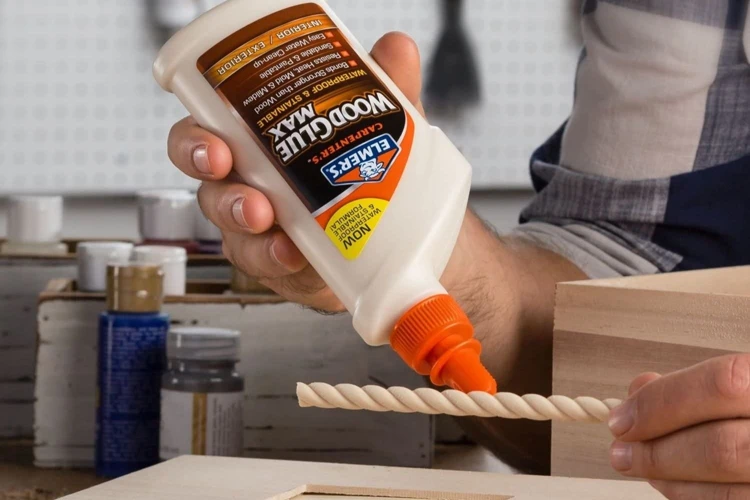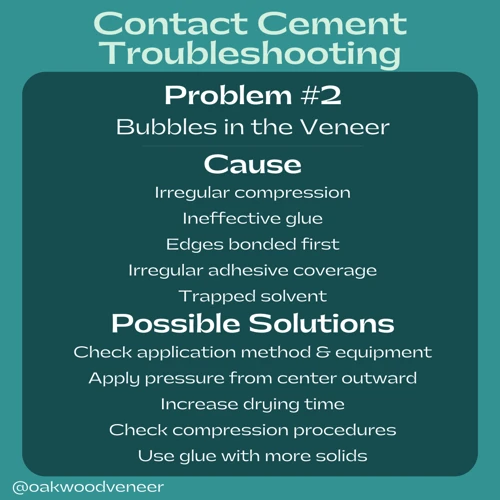Laminate materials have become a staple in modern home design, offering an affordable and versatile way to achieve a high-end look. Whether you’re working on a new DIY project or repairing existing surfaces, understanding how to glue laminate is essential for a successful application. With the right approach, you can ensure a bond that’s both durable and aesthetically pleasing.
Preparation for Laminate Gluing
Assessing Your Laminate and Surface
Before starting your project, it’s crucial to assess the laminate sheets and the surfaces they will be adhered to. Ensure the laminate is the right size and texture for your needs, and that the surface is structurally sound and free of debris. Compatibility between the two is key for a secure bond.
Gathering the Right Materials
Equipping yourself with the right tools and materials will streamline the gluing process. You’ll need a suitable adhesive, a notched trowel or roller, clamps for holding the laminate in place, and protective gear for safety. Having these items on hand will prepare you for the steps ahead.
Laminate Adhesive Guide
Choosing the Best Glue for Laminate
Selecting the best glue for laminate is vital to the longevity of your project. Research the various options available and choose one that is specifically formulated for laminate materials and compatible with the substrate you’ll be using.
Laminate Installation Adhesive Types
There are several types of laminate installation adhesive, including water-based, solvent-based, and reactive adhesives. Each has its own set of properties and curing times, so understanding their differences will help you make an informed decision for your project.
Gluing Laminate Tips
Clean and Prep Surfaces
Thoroughly cleaning and preparing the surfaces is a non-negotiable step in the gluing process. Remove any dust, grease, or old adhesive residues to create a clean foundation for the new laminate. This ensures maximum adhesive effectiveness.
Applying the Adhesive Evenly
When applying the adhesive, it’s important to spread it evenly across the entire surface. Uneven application can lead to weak spots and potential delamination over time. Use a trowel or roller to achieve a consistent layer.
Clamping and Drying Times
- Follow manufacturer’s instructions for clamping pressure and duration.
- Allow sufficient drying time, which can vary depending on the adhesive type.
- Avoid disturbing the laminate until the adhesive has fully cured.
How to Glue Laminate Sheets
Measuring and Cutting Sheets
Accuracy in measuring and cutting laminate sheets is essential for a seamless fit. Use precision tools to cut the sheets to the exact dimensions required, and double-check measurements before making any cuts.
Bonding Laminate Surfaces
The process of bonding laminate surfaces requires a careful approach. Ensure the adhesive is tacky but not completely dry before positioning the laminate. Apply pressure uniformly across the surface to avoid air bubbles and to secure a strong bond.
Attaching Laminate Countertops
Preparing the Countertop Base
To attach laminate countertops effectively, start by preparing the countertop base. This preparation includes leveling the base and sanding any irregularities to create an optimal surface for the laminate to adhere to.
Securing the Laminate to the Countertop
After applying the adhesive, carefully position the laminate onto the countertop base. Starting from one end, gently press the laminate into place, smoothing out any air pockets as you go. Use a roller to apply even pressure and secure the bond.
Laminate Flooring DIY
Laminate Floor Glue-Down Method
The laminate floor glue-down method is a technique where each plank is glued to the subfloor, offering a stable and permanent solution. This method is ideal for areas with high traffic or uneven substrates. It requires precision and patience for best results.
Floating vs. Glue-Down Laminate Flooring
When it comes to laminate flooring DIY, there’s a choice to be made between floating and glue-down methods. Floating floors are easier to install and require no adhesive, whereas glue-down floors provide a firmer feel underfoot and can be more durable over time.
Laminate Repair Glue
Identifying Laminate Damage
Detecting damage early is crucial for a successful repair. Look for signs of peeling, cracking, or detachment in the laminate, as these can be indicators that repair is necessary.
Repairing Laminates with the Right Glue
For laminate repairs, choosing a specialized laminate repair glue is paramount. This type of adhesive is designed to re-bond without the need for complete replacement, saving both time and resources.
Finishing Touches
Trimming Excess and Cleaning Up
After the adhesive has set, trim any excess laminate for a clean edge. Use a fine file or router to smooth out the edges, and clean up any residual adhesive with the appropriate solvent or cleaner.
If you’re embarking on a DIY project involving laminates, understanding the right techniques to glue them is crucial for a professional finish. Our step-by-step guide on how to glue laminate edging will help you achieve that seamless look on countertops and panels. In case you need to correct any mistakes or remove excess adhesive, our article on how to remove laminate glue can be a lifesaver. Additionally, for those projects that require a different approach, learn the ins and outs of adhesive application in our guide on how to spray glue for an even and strong bond.
Maintenance Tips for Glued Laminate
Maintaining your glued laminate surfaces will extend their lifespan. Keep them clean, avoid abrasive cleaners, and repair any damage promptly to preserve their appearance and functionality.
With these guidelines, your gluing laminate tips, laminate adhesive guide, and laminate flooring DIY endeavors will be set for success. Remember, patience and attention to detail are your allies in achieving a flawless finish with how to glue laminate sheets, the best glue for laminate, laminate repair glue, bonding laminate surfaces, laminate installation adhesive, attaching laminate countertops, and the laminate floor glue-down method.
